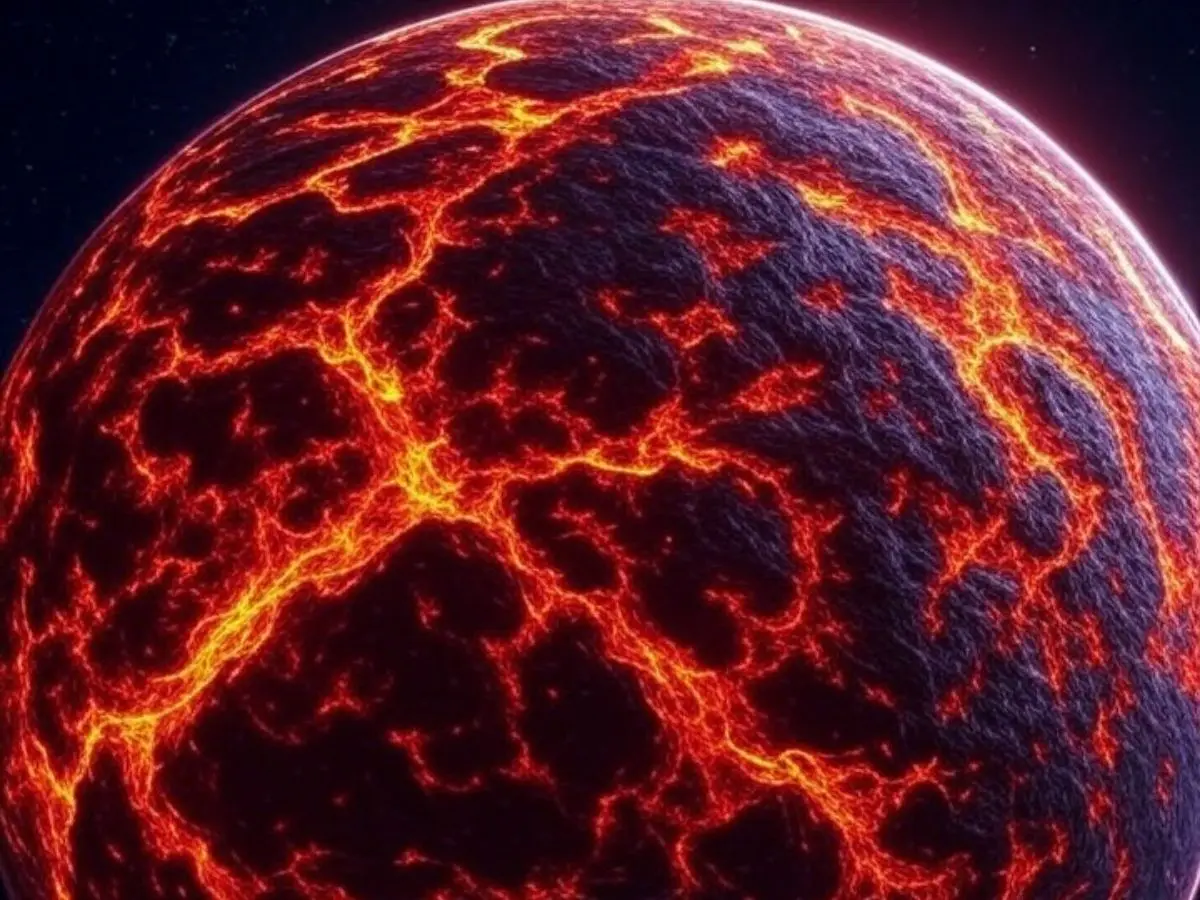A study led by Charles-Édouard Boukaré of York University, published in Nature Astronomy, has developed a framework for decoding the interiors and atmospheres of lava planets. By combining geophysics, atmospheric science and mineral chemistry, the team used numerical models to simulate how molten rock, vapour, and solid crust interact over immense timescales. The models suggest two end-member interior states: fully molten young planets, where heat circulates efficiently, and older ones that have partly solidified, with distinct chemical differences between their magma oceans and atmospheres.
NASA’s James Webb Telescope discovers shocking chemistry of worlds that shouldn’t exist
